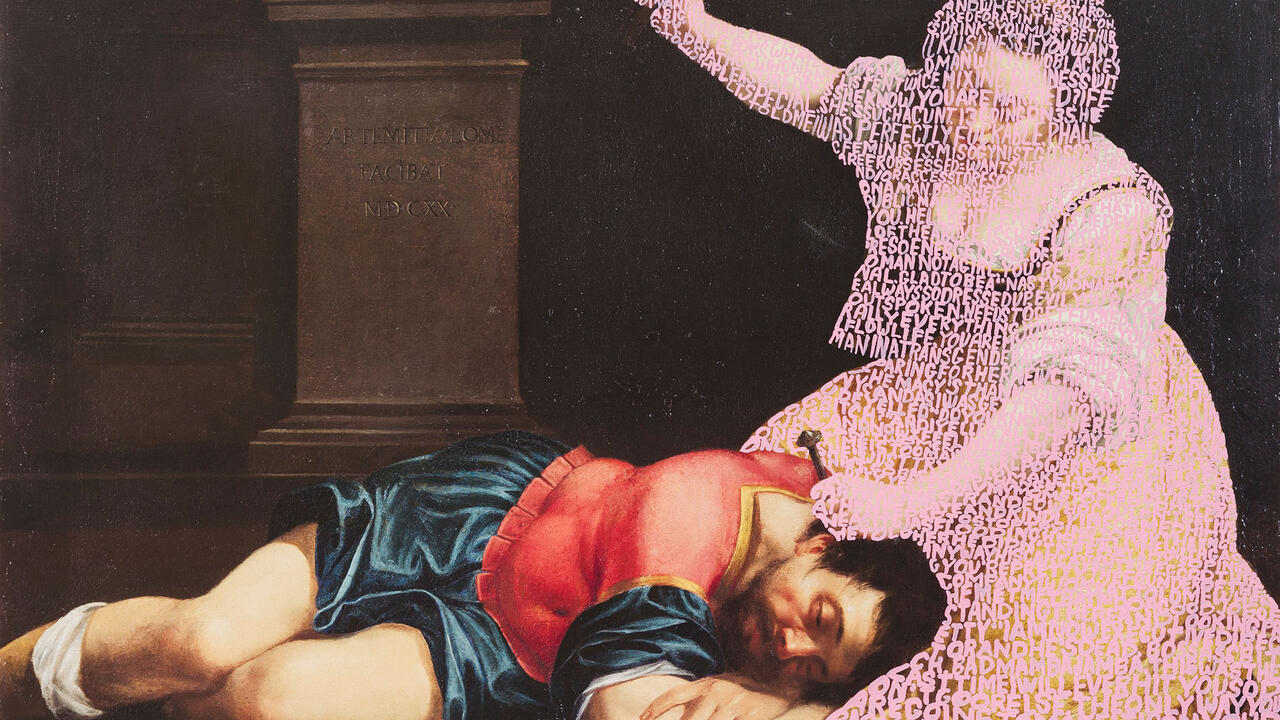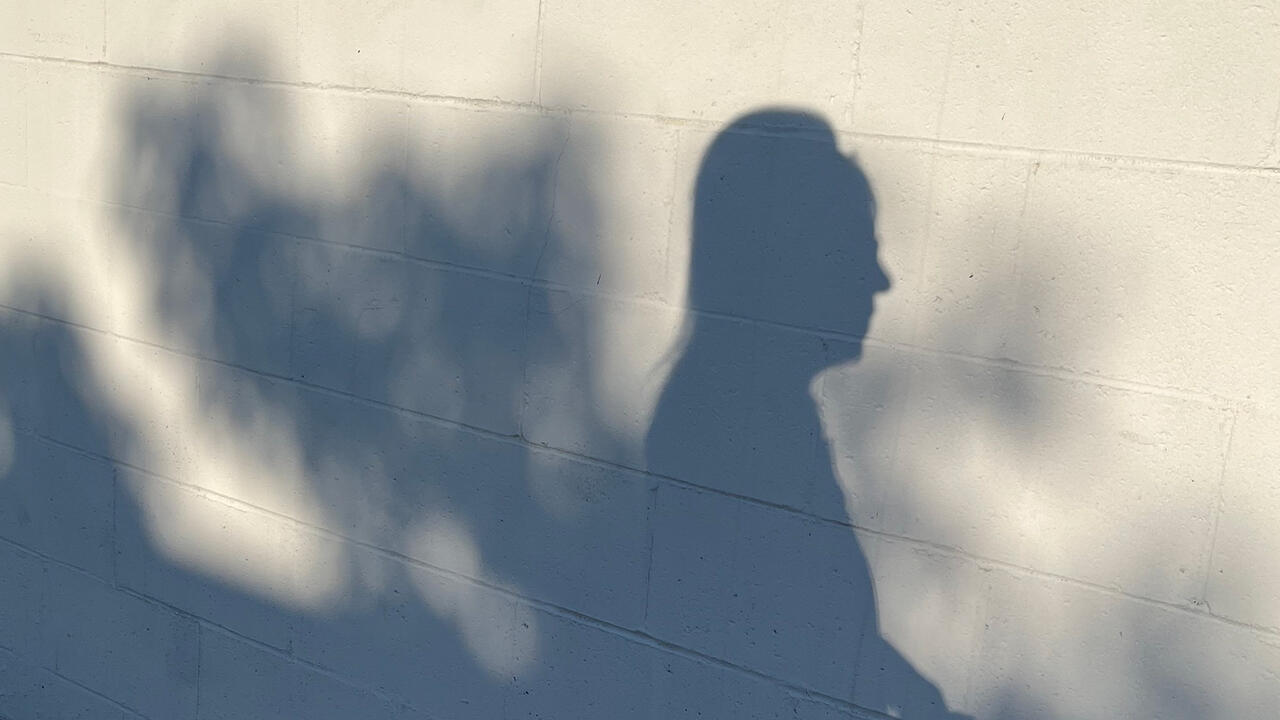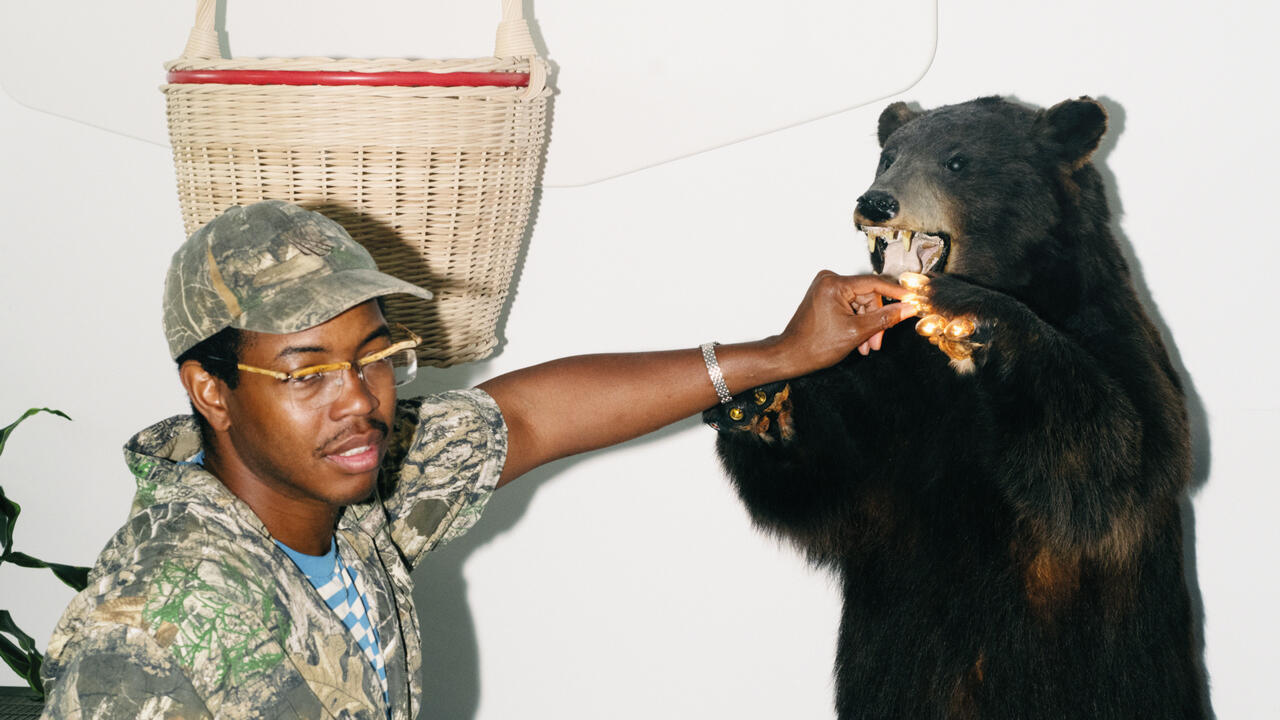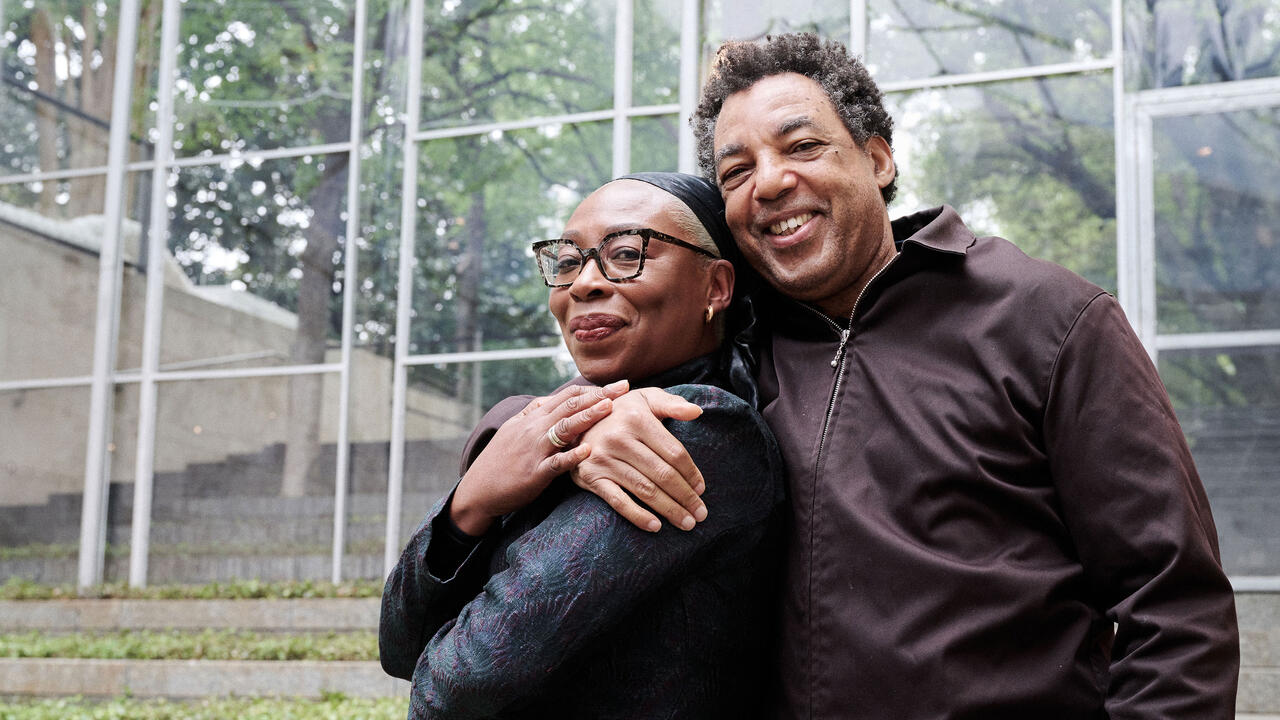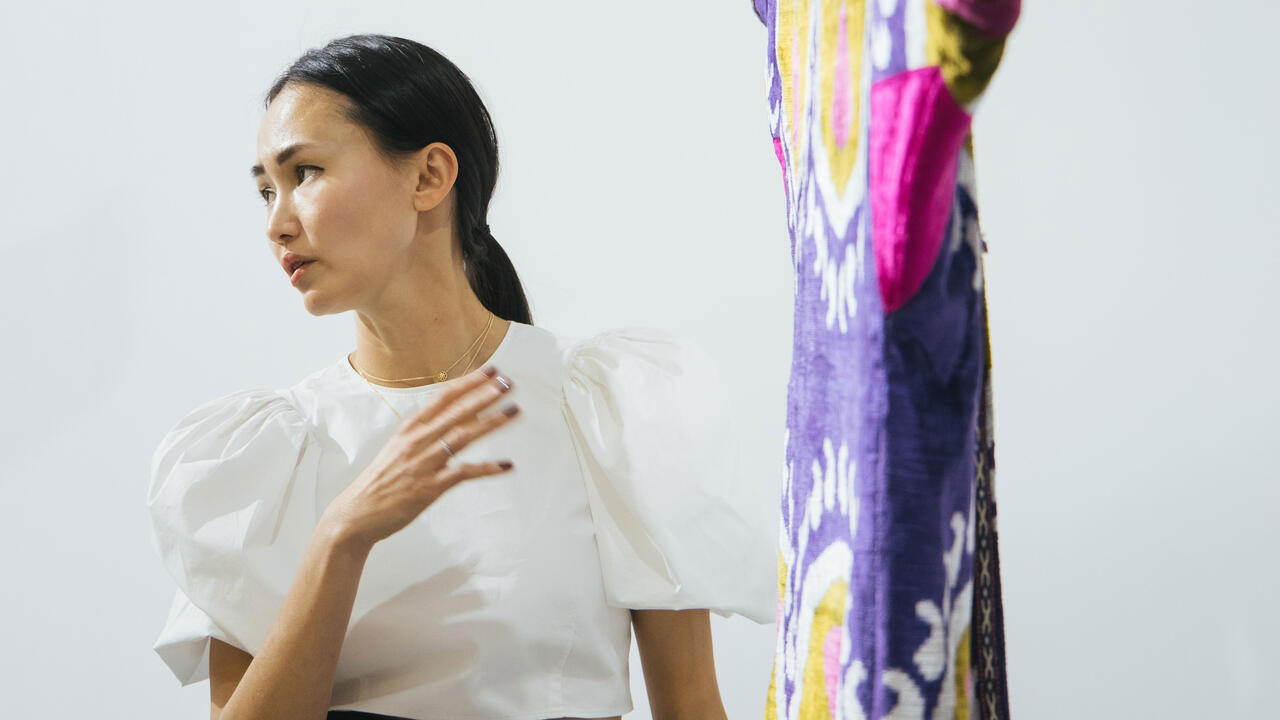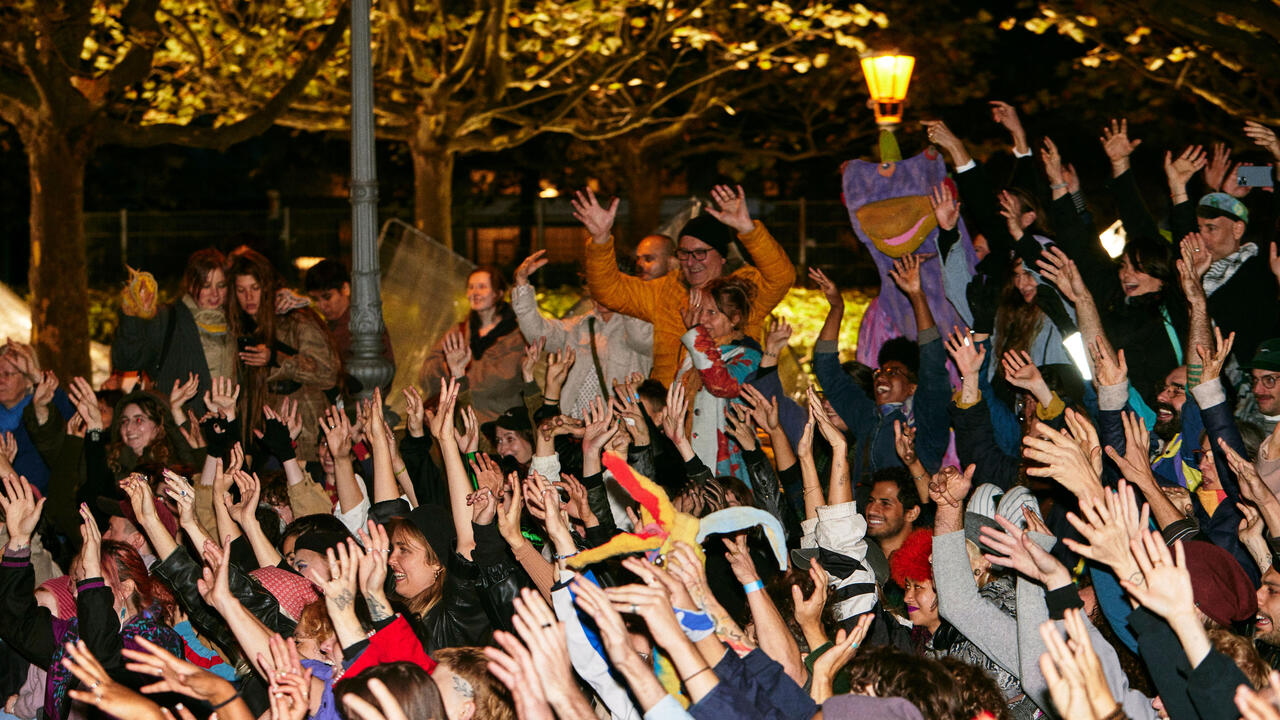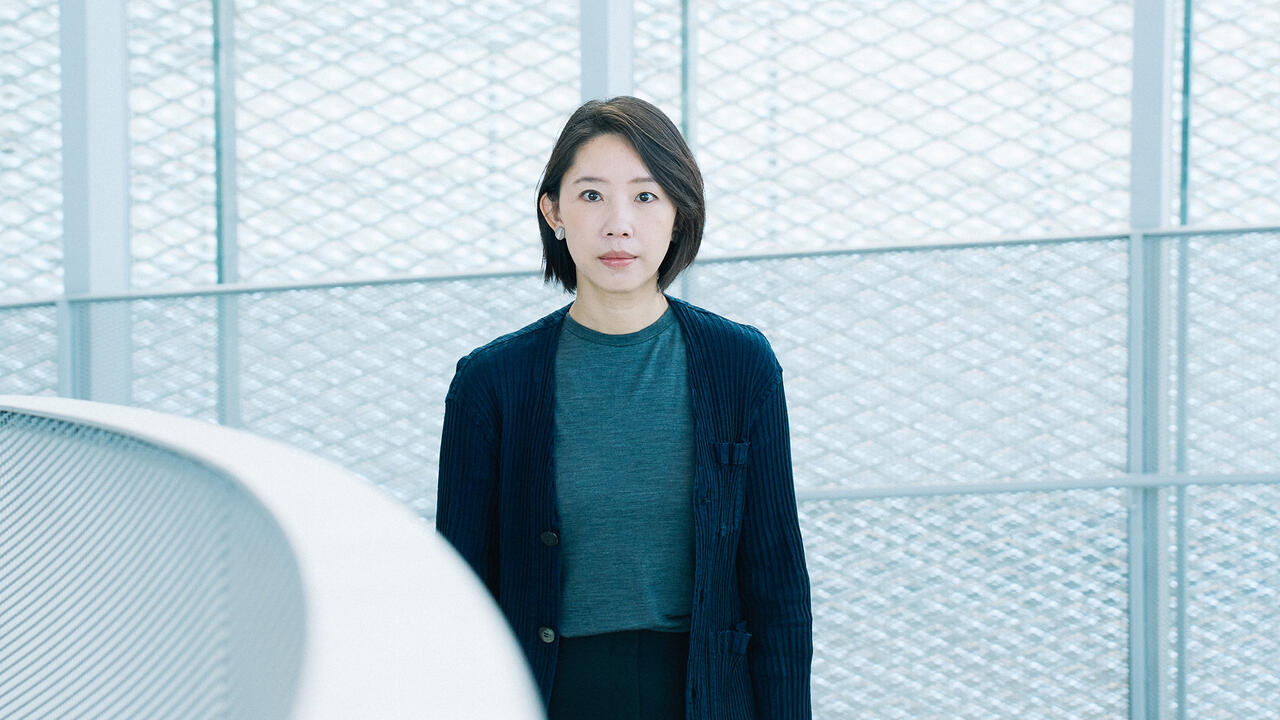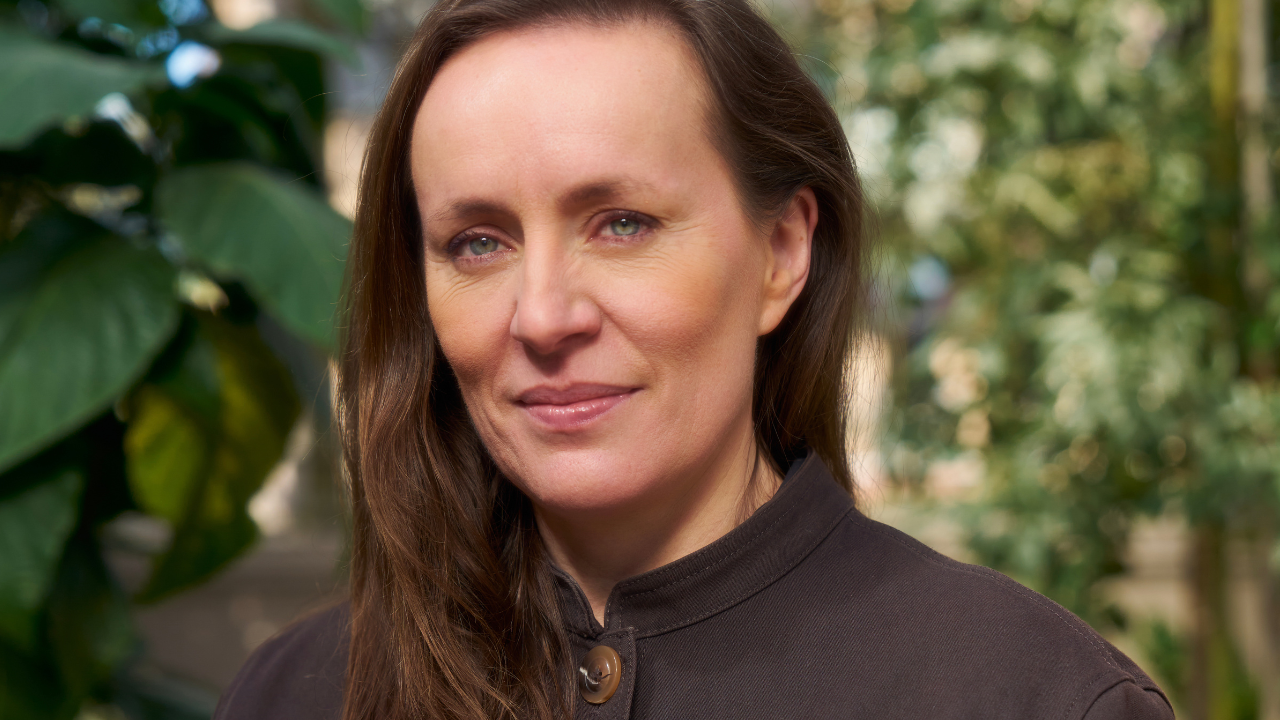How Keller Easterling Wants to Hack Migration and Capital Flight
Following her fellowship grant from United States Artists and an exhibition at Wrightwood 659, the designer and theorist discusses solutions to right-wing immigration policies and neoliberal economic development
Following her fellowship grant from United States Artists and an exhibition at Wrightwood 659, the designer and theorist discusses solutions to right-wing immigration policies and neoliberal economic development

Evan Moffitt: MANY, your project for Dimensions of Citizenship at the US Pavilion in the 2018 Venice Architecture Biennale, was born out of your observation that material goods often travel across international borders more easily than human beings do. The project opened at Wrightwood 659 in Chicago on 28 February. It almost seemed to illustrate your point when the project’s opening here was delayed by the US government shutdown over Trump’s insistence on a border wall. Can you tell me more about the project and how you hope it will be used, beyond the space of the gallery?
Keller Easterling: The ‘free zone’ spaces that I study all create some kind of political quarantine with cheap labour and deregulated labour and environmental law. I began to ask what a similar level of legal ingenuity might look like if its objective was to remove someone from physical harm. That bumps up against the logic of the nation state, which has a dumb on/off button for granting or denying citizenship or asylum. The refugee camp is equally devoid of innovation – it just offers detention, on average for 17 years. Usually the assumption is that when an architect is engaged with migration, they’re redesigning the tents in a refugee camp. Instead, we wanted to demonstrate that spatial variables could be part of an exchange of needs that would facilitate short-term project-based travel – going against the idea that your only choice is to go to another country and ask for asylum or citizenship. Instead you might have a multi-year experience that would get you away from trouble or strengthen bonds with other people in other parts of the world. In a way, it’s always been the case that wealthy people, when there’s conflict in their country, can send their kids to university. That’s four years, and sometimes four years is enough time to be away. So this is trying to expand options to include other forms of training and exchange, for global credentials from rural medicine to issues concerning climate change or agriculture.
EM: In terms of helping to negotiate physical exchanges, does the app select for certain kinds of visas that aren’t subject to the same scrutiny as asylum applications?
KE: If you’re a refugee, this app is probably not going to help you. It’s looking at different kinds of exchanges that can be made, involving travel or not, that would allow you to alleviate your migration situation, at least temporarily. If you’re in the shallow floodplain of Bangladesh, it may be that during flood season you need to travel, or that you need to exchange information about your situation. As an app it’s ‘dumb’; as a heavy information network, it’s smart. It’s more like a bulletin board – it has no algorithm, it’s fairly low-tech. It deliberately does not involve any big data collection. You have to form a group in order to make an entry on the app, so even if nobody answers you, you’ve already altered your context. It’s fairly rough the way you find someone else to connect with, and becomes more finely grained as you move through successive levels and contact a sponsor.
EM: When it comes to an exchange of labour, there are other platforms that come to mind, like TaskRabbit. How do you think about the financial ecosystem they’ve created, in a digital economy which is increasingly precarious and in which full-time work is ever-harder to obtain?
KE: The distinction here is that these exchanges do not involve work visas, but rather the kinds of short-term visas that facilitate an exchange of ‘in-kind’ or non-market contributions. In the United States, they would be J1 visas, but these kinds of visas exist in different countries in different forms. You might receive a stipend, or something for room and board. That’s what we thought would make this potentially interesting: space perfectly suits this non-market exchange. It has value apart from financial value. We were looking at cities in the US and around the world that have failed. Properties have fallen off the real-estate rolls because they are underwater, or otherwise unstable. Now that spaces being land-banked in Flint or Cincinnati or Indianapolis, for instance, they too could be part of an exchange. Land or good housing stock that the real estate market doesn’t want can now be used by cities for other projects.

EM: You think a lot about vacancy in your work, also in relation to real estate speculation, in places where vacancy is manufactured for the financial benefit of developers. This figures heavily in Extrastatecraft: The Power of Infrastructure Space (2014), in which you write extensively about the political and economic ‘non-space’ of Special Economic Zones, or SEZs. Are SEZs our future in a neoliberal real estate market? Are we condemned to high commercial and luxury residential vacancy rates in the middle of housing crises in New York, Los Angeles, London and other major cities around the globe?
KE: I can imagine a way out of it, but I don’t know whether it will happen. In tracking the history of free zones, you can see them changing wildly over 30 years, not because of cast-iron economic logic but because of a desire for coloured fountains, golf courses and shiny skylines. Poor countries will build these landscapes at any cost, even if it doesn’t make any economic sense. I keep wondering if these are just contagious stories, and if you could make the next contagious story about say, investing in existing cities instead of newly-minted exurban developments. In a way, that’s what Dubai did: its government told foreign investors it would accept their direct investment in oil and gas as long as they invested in something else the government wanted, like desalination or fish farming. I think that most developing countries asked to swallow a free zone can make a better bargain with their assets. I used Kenya as a model in the book because they had millions of potential mobile phone users, and it seemed that they could treat that market as an asset to make a better bargain for the country just as they did when it came to the laying of fiber-optic cable.
EM: You’ve said that we need to be ‘too smart to be right.’ The phrase reminds me of the famous debate between Jane Jacobs and Robert Moses over Moses’s plan to drive a highway through Greenwich Village – everything the city planner deemed chaotic, dysfunctional or messy about New York actually, in Jacobs’s telling, made it function efficiently. It just wouldn’t reproduce effectively on a poster, the way a bridge or a major infrastructure project might. In Dubai, there’s very little public space at ground level – the skyline seems like a simulacrum, created for tourism advertising. Is this what you mean – that we should embrace what history has regarded as ‘wrong’ about our urban ecology?
KE: Yes, but I was also referring to a kind of activism that isn’t just about being right. We know how to march in the streets, and should continue to do so. But there’s another kind of activism that is about softening up the ground, and out-manoeuvering bulletproof forms of power that manage to cocoon with legal exemptions.
EM: Being based in New York, as you are, I can’t help but think about Hudson Yards, and the enormous tax breaks its developer, Related Co., received from the city and state government. Should we think of Hudson Yards as an SEZ? New York is a very wealthy city, and one with a relatively engaged public. We seem willing to organize against Jeff Bezos, because he makes an easy villainous target, but were unable to stop far worse from happening on the West Side.
KE: You can be fairly sure that the risk management teams for the corporations involved did much better financial arithmetic than the city. I have been suggested that, in developing countries, investing in existing infrastructure would be better than investing in new ‘free zones.’ I have also been studying what happens when, in places like Seattle or Las Vegas, corporate capital comes into the existing downtown and asks for tax exemptions. On the one hand it’s good because it demonstrates that corporations look at cities and see value. They see something that saves money, offers diversity, and attracts prospective employees. There is security and infrastructure they don’t have to pay for. It’s unnerving when Amazon or other corporations entering a city are treated as saviours, bringing money and jobs, when the opposite is actually true. They’ve calculated incredible benefits just from situating themselves in cities. Cities have to drive a harder bargain.
EM: ‘Trickle-down economics’ always seems to benefit from the short-term cycle of political messaging: a certain number of potential new jobs are announced up front in a specific market, but you will never know how uncollected tax revenue might have been spent to your benefit.
KE: In Hudson Yards, the kinds of jobs that are going to be created there are ones that will continue to tip the scale in the wrong direction.

EM: The development is both economically and aesthetically alienating. You’re trained as an architect, and you work as a designer. Did your interest in these kinds of spaces begin with their aesthetic ubiquity?
KE: I first began to look at American suburbs — a repeatable spatial product par excellence. Our discipline can look at these formulas and see them as the ‘junkspace’ that Rem Koolhaas identified. We can see them as lying outside the field of architecture, but we can also see that these spaces are making the most radical changes to the globalized world. I began to consider the kinds of forms that could best engage with them. It is not necessarily a client-based practice of commercial architecture, but something else entirely.
EM: Can you tell me more about Medium Design, your forthcoming book with Strelka Press?
KE: It’s an expansion of a very brief pamphlet that I completed with the same title. I want it to be a contemplation of space for designers and non-designers, that models things relevant to spatial and non-spatial problems. I want to offer another broader cultural fluency in space. The book deliberately uses space to model ideas because it’s not lexical but dispositional. The most powerful superbugs and bulletproof power structures exploit non-lexical, dispositional activities that run rings around rational culture. We have to understand that range in order to outwit it. Medium Design refers to a spatial medium of actions and potentials between objects and declarations.
EM: You’ve just received an unrestricted $50,000 grant from United States Artists. Will this effect your current research for Medium Design? What will it enable you to do that you weren’t able to do before?
KE: I do everything I do with almost no resources, so when given a gift like this there are some new choices to make. Architecture is a capital-intense field, but we don’t receive the kind of research grant funding that the sciences do. This USA grant comes from an arts organization. I will try to find ways to get the most out of it by supporting team research by students, who often need to find work and pay off debts between the first and second year of graduate school. I’d like to be able to hire students based on shared interests, provide them with a little sustenance, and try to find more palpable and convincing ways to describe the ideas we care about.
Main: Keller Easterling, MANY, 2019, installation shot. Courtesy: Wrightwood 659, the School of the Art Institute of Chicago and the University of Chicago; photograph: © Tom Harris









